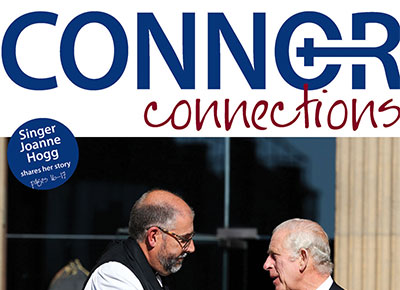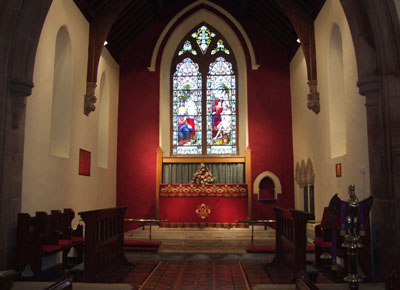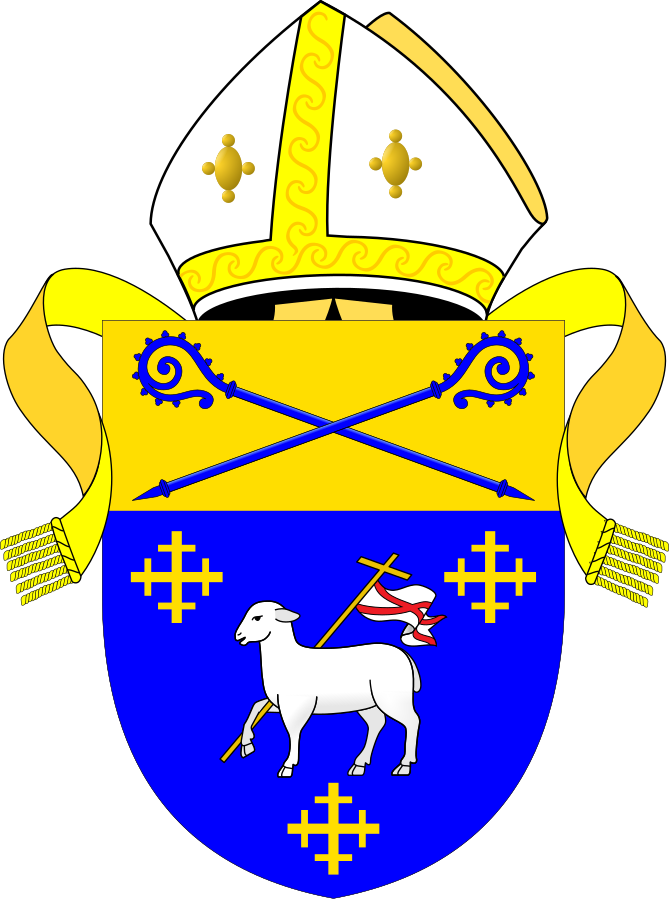My Camino – by the Rev Canon Jim Carson

The Rev Canon Jim Carson, rector of St Paul’s Lisburn, spent part of a period of Sabbatical leave following the Camino de Santiago.
He walked the entire Camino – a distance of 796 kilometres – between August 25 and September 31.
Here Jim reflects on ‘his’ Camino.
‘My Camino’ – following the way
I remember one day walking out of the Mourne Mountains in Co Down, back towards my car parked on the Trassey road after walking Slievenaglogh, Slieve Commedagh and Slieve Donard and back along the Brandy Pad. As I neared my car I was asked by one of a group of young people enjoying some alcoholic beverages at the adjacent Camp–site, ‘was it a far walk up there mister?’ It was, about sixteen kilometres, Slieve Donard rises up to 850 metres and in Northern Ireland terms, yes it was a reasonably ‘far’ walk!
 On the other hand the Camino Frances or the Camino de Santiago (De Compostela) is a truly ‘far’ walk 796 Kilometres (494.6 miles) rising in its highest point to La Cruz de Ferro of 1,505 metres (4,940 feet) at a point 250.7 kilometres to go. The Camino is one of the most ancient pre–reformation routes of pilgrimage in Europe.
On the other hand the Camino Frances or the Camino de Santiago (De Compostela) is a truly ‘far’ walk 796 Kilometres (494.6 miles) rising in its highest point to La Cruz de Ferro of 1,505 metres (4,940 feet) at a point 250.7 kilometres to go. The Camino is one of the most ancient pre–reformation routes of pilgrimage in Europe.
As part of my sabbatical I walked the whole Camino between 25th August and 31st September 2012.
If one is doing the whole route which includes these high peaks you start at St John de Pied in France the ancient capital of the Basque region of Bass–Navarre. The pilgrim walks from on the first day, the Route de Napoleon, over the Col de Loepeder 1,450 metres (4,757 feet) from St Jean De Pied to Roncesvalles were most people stay over on the first night, this stage being 25.1 kilometres (15.6 miles). The Camino then takes you on through to Pamplona, Burgos and Leon, to Santiago de Compostela. The traveller passes through the regions of Navarra, La Rioja, Castilla Y Leon and Galicia.
 In terms of personal pilgrimage some like to make their Camino in 33 stages one for each year of Jesus Christ’s life on earth. There is also the need for resting on some days and that may mean travelling for 40 days which is symbolic in the Christian season of Lent when we can remember Jesus fasting for 40 days in the desert.
In terms of personal pilgrimage some like to make their Camino in 33 stages one for each year of Jesus Christ’s life on earth. There is also the need for resting on some days and that may mean travelling for 40 days which is symbolic in the Christian season of Lent when we can remember Jesus fasting for 40 days in the desert.
Pilgrims require a pilgrim passport or Credencial de Peregrino, (for example this can be obtained at the pilgrim office in St John de Pied), it is stamped in the pilgrim hostels along the way and on completion of the Camino you receive your Compostela, certificate of completion. The Camino Frances can be started at any point on the along the route but many start from St John de Pied, though large numbers of folk start also from Sarria and by completing the last 100 kilometres also receive their Compostela in Santiago.
There is always someone else on the road and something new to see or reflect upon along the way and in the true spirit of the Camino, pilgrims stay in Pilgrim Hostels, refugios or albergues de peregrinos. They have varying facilitates and depending where you choose to stop, are run by the local authority, parish or Monastery or could be privately owned. In the usual peak holiday times of the year, July and August, the Camino can be very busy and crowded and the weather hot.
It is a ‘far’ walk I was on the road for about six weeks. But found…
• God’s grace and provision for the road
• Harmony and beauty in the midst of God’s creation
• A new strength and endurance to complete the walk
 One also gains an appreciation of how travel may have been in New Testament times for the Apostles particularly St Paul, though each night we had the blessing of a hot shower, a hot meal and a bed. As one of my walking companions said, we were only walking to Santiago, in the past people also had to walk home.
One also gains an appreciation of how travel may have been in New Testament times for the Apostles particularly St Paul, though each night we had the blessing of a hot shower, a hot meal and a bed. As one of my walking companions said, we were only walking to Santiago, in the past people also had to walk home.
The Camino Frances has become more and more popular and attractive to pilgrims in recent years with people walking its length from all over the world and for different reasons or none. However this also may be a reflection on modern life as we know it today, the need for us in our humanity to get away from the daily grind of life with all its stresses and strains. Some Christian authors would write that there is a ‘God–Shaped hole’ in people’s lives’. The Camino, while being an ancient pre–reformation path–way, to many folk today is in fact a new opportunity to find him (God) again.
© Copyright The Church of Ireland Diocese of Connor 2025 | Web Design by LD2.digital




